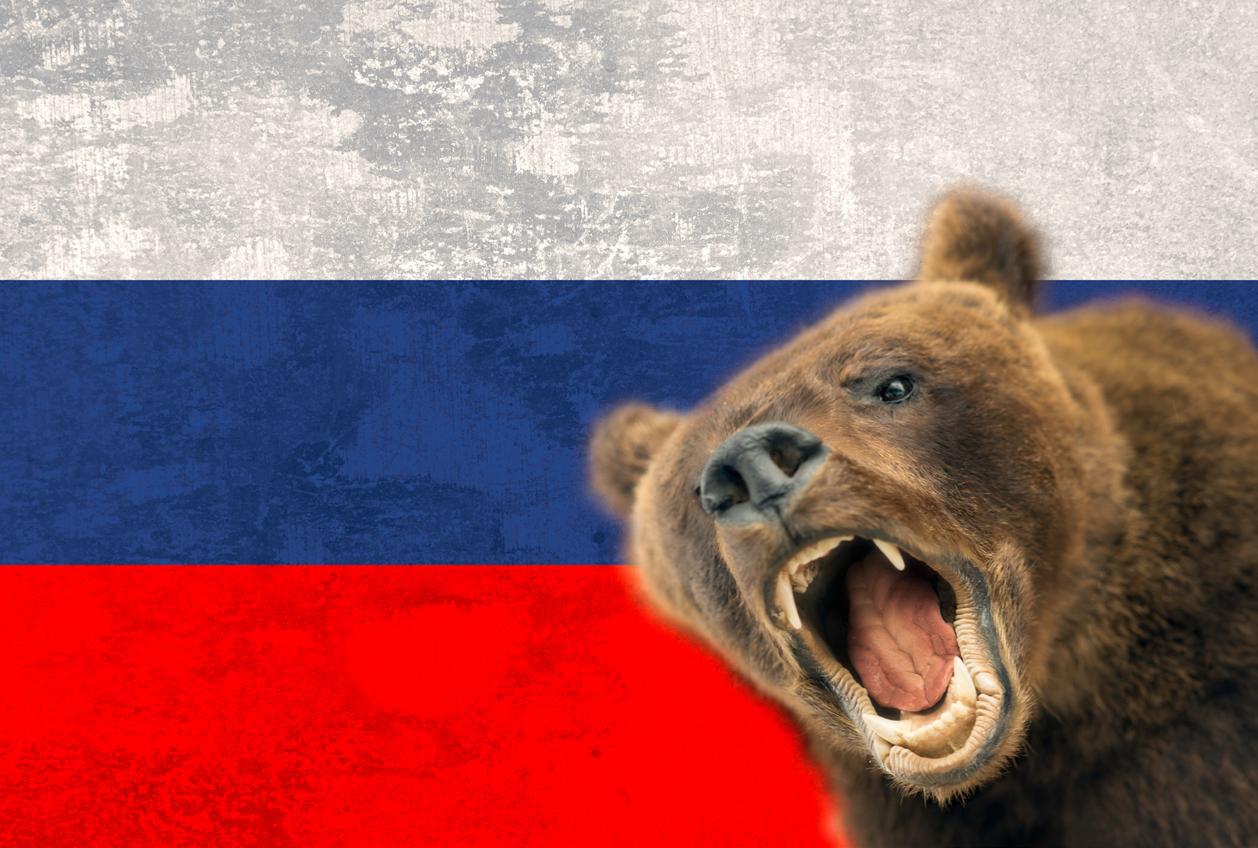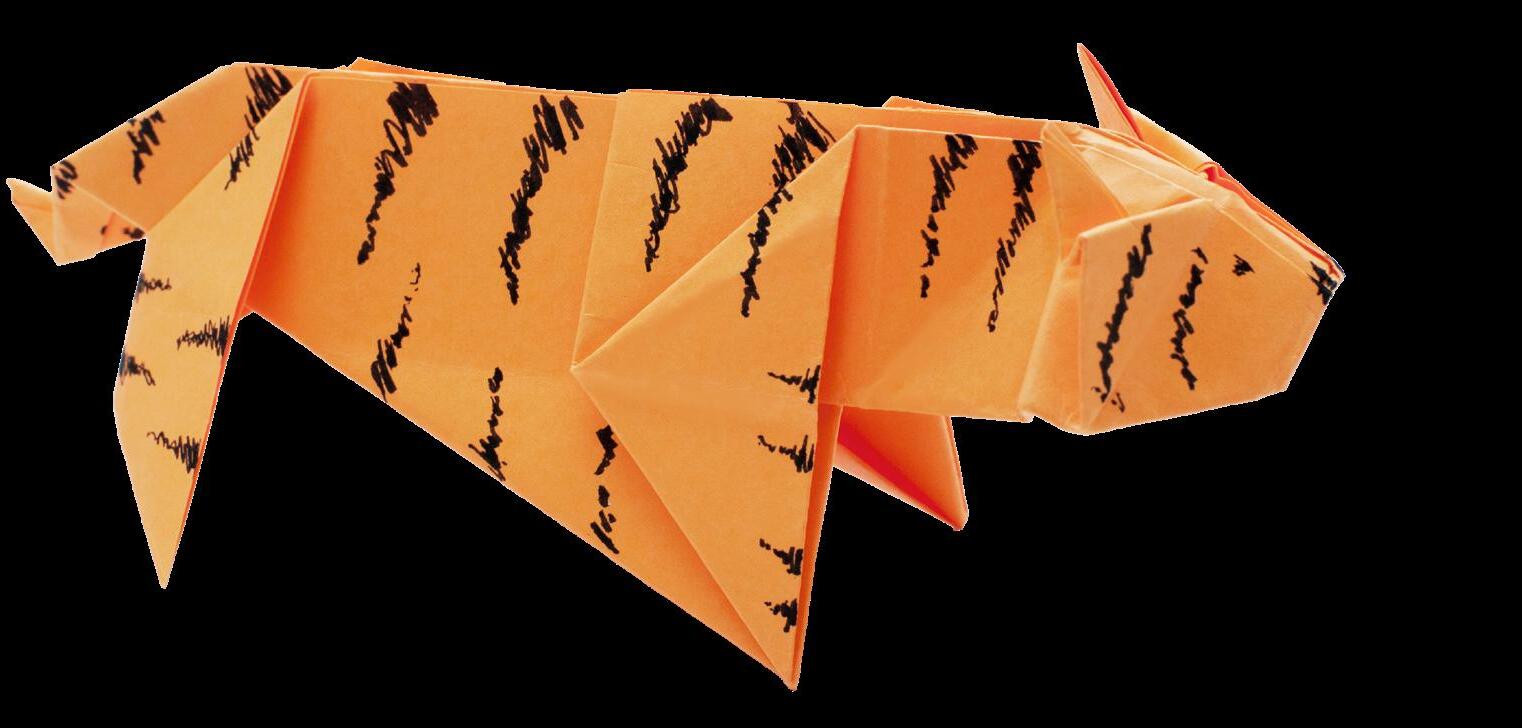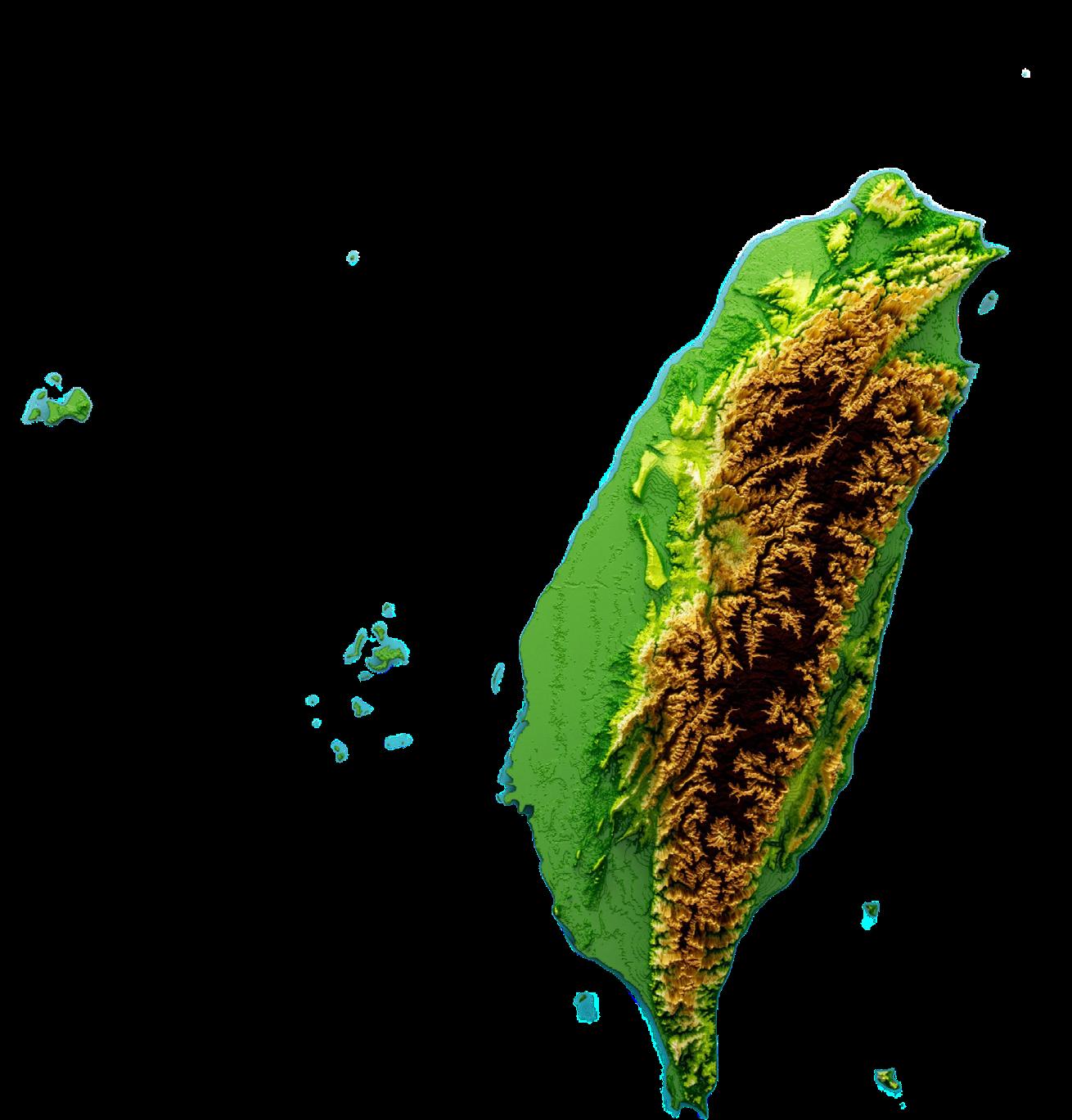CHACRDIGEST
In a month dominated by continuing uncertainty over the conflict in Ukraine and increased evidence of Russian intrigues across Europe, considerable speculation has continued about Vladimir Putin’s apparent resolve to test NATO’s resilience and cohesion. US president Donald Trump’s comments on the conflict have been ambiguous, although his tone has appeared to suggest mounting anger over the failure of his Russian counterpart to commit to some form of negotiated end to the fighting. At the same time, there remains extensive coverage of the situation in the Indo-Pacific and the potential for Chinese military action against Taiwan along with a concurrent need for stronger defence responses around the region. With seemingly worsening insecurity in both the northern and southern hemispheres, what the future holds for the conduct of war and global politics is also a strong theme for discussion.
EUROPE


Speaking to the UN General Assembly, Ukrainian President Volodymyr Zelensky warned that the advent of artificial intelligence meant the arms race underway was the “most destructive” in human history. Expressing his disappointment in what he said was the weakness of international law and cooperation, he asked the assembled audience of international political leaders if “stopping Russia now is cheaper than wondering who will be the first to create a simple drone carrying a nuclear warhead?”.
Zelensky’s challenge followed social media comments made by US President Donald Trump, after he also spoke at the opening of the 80th Session of the UN General Assembly, during which he appeared to once again change his position on the conflict. In what has been seen as some of his strongest language about Russia, he wrote: “[Russia has been] fighting aimlessly for three and a half years a War that should have taken a Real Military Power less than a week to win. This is not distinguishing Russia. In fact, it is very much making them look like ‘a paper tiger’.” He went on to express the view that “Ukraine, with the support of the European Union, is in a position to fight and WIN all of Ukraine back in its original form … and, who knows, maybe even go further than that!”. With comments to the media which some interpreted as a positive reaffirmation of long-standing NATO Article V commitment and promises of support in response to attacks against fellow member states, there was, however, some scepticism that this might have been further confirmation that the US leader is moving towards complete disengagement from the conflict. The comments did draw a firm response from the official Kremlin spokesperson, who stated: “Russia is by no means a tiger. Russia is traditionally seen as a bear. There is no such thing as paper bears. Russia is a real bear … There is nothing paper about it.”
In a highly visible example of NATO’s strengthening posture, Operation Gotland Sentry tested plans to deploy land, sea and air forces in any rapid defence of the strategically vital Swedish island of Gotland. Described by a member of the Swedish Navy as “basically like a huge aircraft carrier in the middle of the Baltic”, it is key to controlling the region’s security. This came at the same time as heightened discussions about apparent continuing Russian hybrid activity across Europe, which has seen incidents affecting several NATO member states. This, in turn, has increased calls for a drone wall to offer some protection to the seven “front-line countries” – Estonia, Latvia, Lithuania, Finland, Poland, Romania and Bulgaria – most affected (although throughout the month, incidents and disruption of critical infrastructure expanded to include Denmark and Norway). While the Finnish foreign minister later said there was “no major cause for concern”, a debate on how the drone threat can best be countered continues to develop.

In the margins of the UN meeting, the US magazine Foreign Affairs interviewed Radek Sikorski, the Polish Deputy Prime Minister and Minister of Foreign Affairs. In a wide-ranging discussion he referred to the Russian drone incursion into his country’s airspace – “the assault lasted seven hours … it was a firefight, not a mistake” – and suggested that cheaper methods needed to be adopted to tackle any future repeat such as “combat helicopters with Gatling guns” and “turboprops with machine guns on board”. He expressed confidence that US troops would remain in Poland, possibly even increasing in number beyond the current 10,000 strong force. He also confirmed his vocal support for recent German expansion – “as long as Germany is in the EU and NATO, I fear German pacifism more than German rearmament” – and explained in detail his thinking about future developments in Ukraine.
Writing in an op-ed for a Ukrainian media source, Valerii Zaluzhnyi, former commander-in-chief of armed forces and now ambassador to Britain, criticised the 2024 cross-border operation in Russia’s Kursk Oblast. Amongst his comments he noted “practice has shown that, ultimately, an isolated tactical breakthrough on a narrow section of the front does not bring the necessary success to the attacking side” and that while he did not know the resulting cost of the action, “it is clear that it was too high”. He added that Russia’s forces had managed to leverage “technological and tactical advantages” to limit the gains made and later counterattack. Reporting the comments, The Kyiv Independent also highlighted the continuing debate over the incursion’s strategic value and notes that “Ukrainian leaders continue to cite Russian casualties as a measure of success”.
A lengthy RUSI commentary provided detailed analysis of the Zapad 2025 military exercise, Russia’s joint strategic exercise with Belarus. The writers described the event as “a meticulously calibrated, scaled-down, and geographically-constrained exercise” which was “a direct reflection of Russia’s battlefield experience in Ukraine”. The exercise was seen as testing the central doctrine of the Initial Period of War, simulating rapid deep strikes against an adversary’s rear and assembly areas. With a series of key themes examined, it noted that “the exercise’s focus on high-end capabilities represents a persistent, long-term threat” and concluded NATO must recognise it faces “a more adapted, albeit constrained, military that remains intent on achieving its strategic objectives”.
Germany’s new military procurement plan was made public and included nearly €83 billion in contracts over the next year with 154 major defence purchases between September 2025 and December 2026. This includes more than €3.4 billion planned for additional Boxer armoured vehicles and €3.8 billion for a new unnamed wheeled tank destroyer. Of particular note was the focus on the European defence industry, with American weapons only accounting for eight per cent of orders. In announcing the plans, the German defence minister highlighted the importance attached not just to the growing the country’s “space security architecture”, warning about the possible dangers of space weapons and the vulnerability of satellite networks, which, if attacked, “can cripple entire nations”.
INDO-PACIFIC
A key security concern in the Indo-Pacific remains the future of Taiwan and two reports provide fresh insights on what tomorrow could hold. The Japan Times presents the key findings from a new study produced by the Stimson Center, a Washington-based think tank. This notes the many challenges for any attacking force, beginning with a coastline “remarkably unsuited for amphibious operations”, that has potentially just 14 suitable invasion beaches, and the Central Mountain Range, which covers nearly 60 per cent of the island. The report (which is available in full here) makes clear just how difficult an undertaking it would be, demanding a fleet comparable in size to that used by the Allies to land in Normandy on D-Day, should China decide to take military action to achieve its long-stated political goal of reunification. At the Rocks, as part of a wider discussion about how the country is preparing to respond to a possible future attack, there is reference to the role played by national resilience. Surveys regularly confirm two-thirds of Taiwanese are willing to fight to defend their country while even among conscription-age cohorts support for conscription is higher than in South Korea. Speaking to an Australian podcast concerns across the region, recently retired US general Charles Flynn argued that it is armies that hold the key to credible deterrence in the Indo-Pacific. They dominate the region creating what he termed a “strategic land power network” and “security architecture that binds the region together”. Referring to China’s A2/AD (anti-access/ area denial) capability, he noted: “It is not designed to find, fix and target – attack – distributed, mobile, reloadable and networked land forces”.



The increasingly prolific writer and commentator, Mick Ryan – a retired Australian major general – has published a paper with the Australian Army Research Centre titled Translating Ukraine Lessons for the Pacific Theatre. Whilst specifically focussed on key considerations for the Australian Army undertaken within the context of future Pacific military operations, the author’s “ten big lessons” (mass and national mobilisation; cognitive warfare and inter-societal conflict; people; meshed commercial-military sensor networks; ubiquitous uncrewed systems; cheaper, accessible precision long-range strike; allies and security partners; rapid and expanding adaptation war; surprise; and leadership) have a much wider relevance to current military discussions.
MIDDLE EAST
An Associated Press report described Iran’s work to rebuild its missile capability, which suffered significant damage during its 12-day conflict with Israel in June. According to the Washington-based Jewish Institute for National Security of America, both during the war and in previous exchanges, Iran fired 904 ballistic missiles at Israel, which is estimated to be around one-third of its total inventory. Although a key component is reported as likely to be still being sourced – large mixers needed to produce solid fuel for the weapons – every effort is being made to restore the programme in anticipation of further hostilities between the two countries. The report
also speculates on the level of Chinese assistance being provided and cites another Washington-based analyst who concludes: “If Iran uses its relationship with China to bolster its disruptive military capabilities, the 12-day war could be a mere speed bump for the Iranian regime, rather than a decisive defeat.”
FUTURES
Alongside interviews with Professor Sir Lawrence Freedman and Professor Sir Hew Strachan, who both discuss strategy and the modern strategic environment, the German online magazine Human (also published in English) has produced a White Paper titled Smart Resilience: Defending Europe which includes a short essay by Professor Dr Beatrice Heuser examining the changing ‘nature’ [sic] of war and presenting a series of questions about how the process develops. Offering as a key conclusion an expansion of the Clausewitzian principle that “war adapts to political, cultural, and technological contexts without following a predictable path”. As others have highlighted, what could not be anticipated in the early 19th century was the advance of technology and the impact this would have, not least in terms of how it would be used. Expressing concerns about abuses of the Law of Armed Conflict, it concludes with the warning that “in warfare today, humane ideas are not in the ascendant”.
Amongst a typically holistic range of contributions from the Modern War Institute there is a discussion of what, within the contemporary battlespace, constitutes key terrain. This suggests that this key military concept is evolving with a move away from simply traditional geographical features. Now extending to include the defence of energy resources and transport and communications nodes, creating both physical and virtual contested environments, the writer concludes: “The future of warfare may be decided as much in data centers (sic) and supply contracts as in the battlespaces of warfighting domains.”
Writing for Prospect magazine, Isabel Hilton raises a series of questions about the leaders of Russia, China and the United States who are “all men in their seventies who show no signs of accepting that their time will come to an end”. Highlighting the degree to which each dominates their domestic political systems, this raises serious questions about who will follow them and the potential consequences of any struggle for power. As she notes: “The death of a dictator unleashes long-suppressed resentment and empowers enemies who can seize their chance to wreak revenge on the leader’s policies and supporters.” Whilst the United States would previously have provided a steadying influence, at the very least to help ensure any resulting instability in the other two remained contained, the same guarantee does not now exist.

